1. Día de los Muertos (Mexico)

Día de los Muertos, or Day of the Dead, is a colorful celebration that honors deceased loved ones. While it’s often seen as a joyful, vibrant holiday, its origins are deeply tied to the belief in death’s power over the living. The holiday was influenced by Aztec traditions, where the spirits of the dead were feared, but also revered, as they had the ability to affect the living world. To appease these spirits, families create altars, called ofrendas, decorated with offerings of food, drinks, and even photographs.
The tradition of offering food and sugar skulls reflects the community’s recognition that the dead could return and cause mischief or illness. By honoring them and keeping them content, it’s believed that the spirits will not bring harm to the living. Though the celebration has evolved into a joyous occasion, its origins are rooted in a healthy fear of the dead’s power.
2. Halloween (United States, Global)
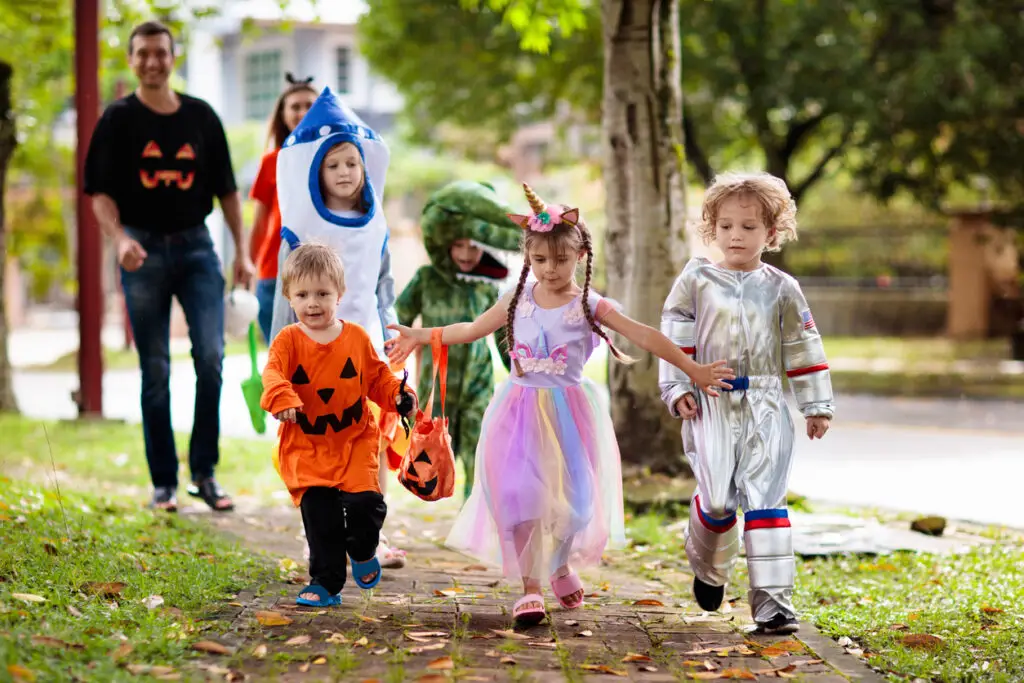
Halloween, as we know it today, is filled with fun costumes, candy, and spooky decorations, but its roots trace back to ancient Celtic traditions. The holiday evolved from Samhain, a festival that marked the end of the harvest and the beginning of winter, when the boundary between the living and the dead was believed to be thin. Celts feared that spirits of the deceased would return to Earth during this time, bringing misfortune or death.
To protect themselves from these spirits, people would light bonfires and carve faces into pumpkins to ward off evil spirits. The customs of wearing costumes and masks were also meant to disguise oneself from the wandering spirits, who might otherwise cause harm. Over time, Halloween has become more about fun and mischief, but its eerie origin is a testament to humanity’s age-old fear of the unknown.
3. Chinese New Year (China, Global)
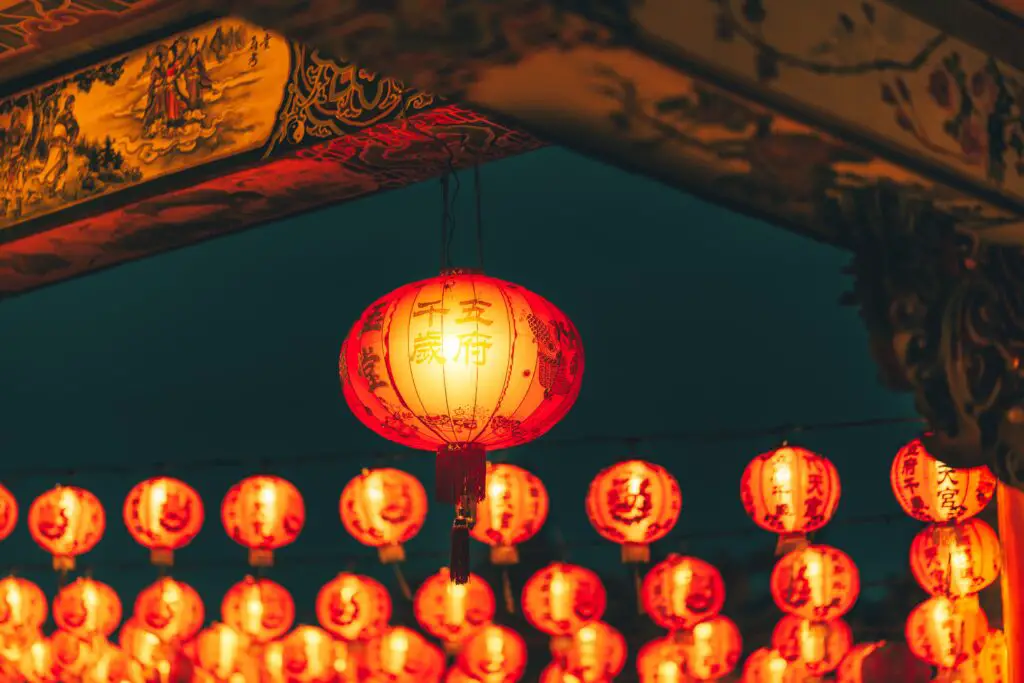
Chinese New Year is a celebration filled with vibrant parades, dragon dances, and fireworks. But beneath the surface of the festivities lies a deep-rooted fear of evil spirits, particularly the mythical creature known as Nian. Nian was believed to emerge every New Year’s Eve to devour villagers, especially children. To protect themselves from this fearsome monster, families would decorate their homes with red, light fireworks, and make loud noises to scare Nian away.
The tradition of red envelopes, or “hongbao,” also ties into this notion of protecting against evil. The color red symbolizes good fortune and is said to repel negative energy. While the celebration is now a time for joy and family togetherness, it stems from an ancient fear of the supernatural that shaped its customs.
4. The Running of the Bulls (Spain)
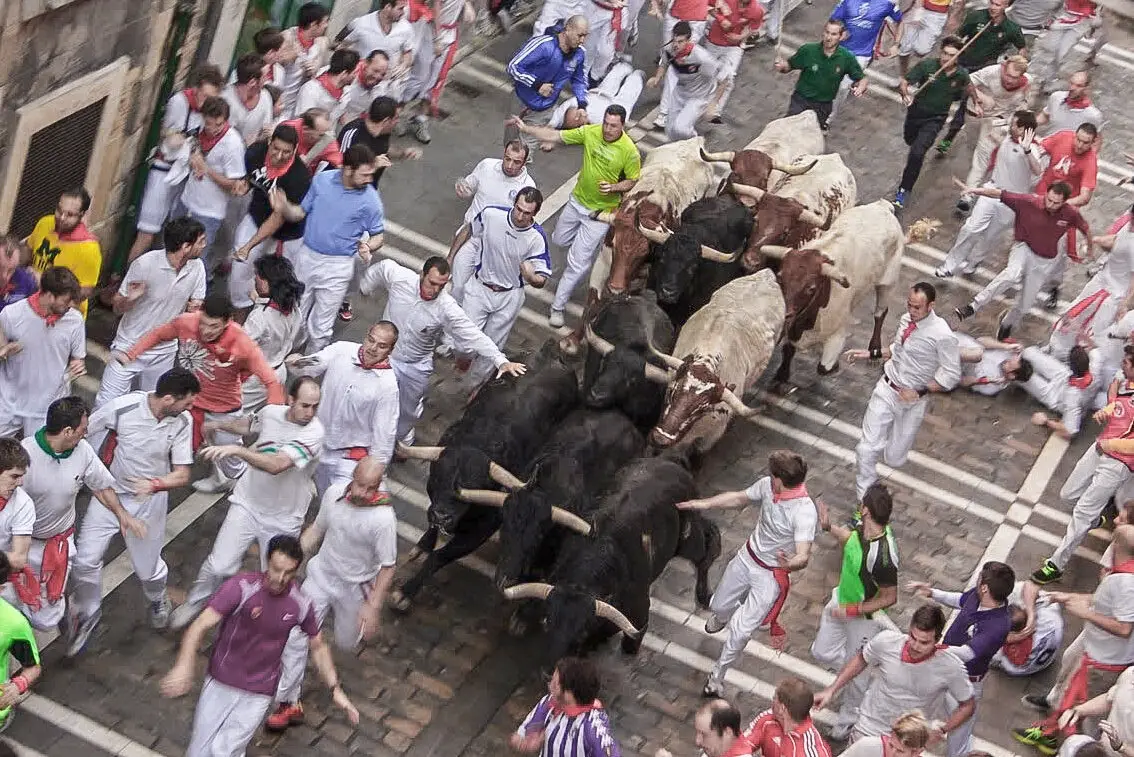
The Running of the Bulls in Pamplona, Spain, is an adrenaline-filled event that attracts thousands of participants each year. While it might seem like a thrilling spectacle, the tradition’s origins are deeply tied to fear and survival. The practice dates back to the 16th century, when bulls were often moved through the streets in preparation for bullfights. The runners, in essence, had to avoid being trampled or gored by the bulls, an activity fueled by a very real fear of the animals’ strength.
Over time, this dangerous event became more organized and even ritualized, but the underlying tension remains. The fear of the bulls, coupled with the excitement of testing one’s courage, continues to draw participants each year. Though some now see it as a sporting event, the fear of the bulls’ power still lingers in the air.
5. Krampusnacht (Austria, Germany)
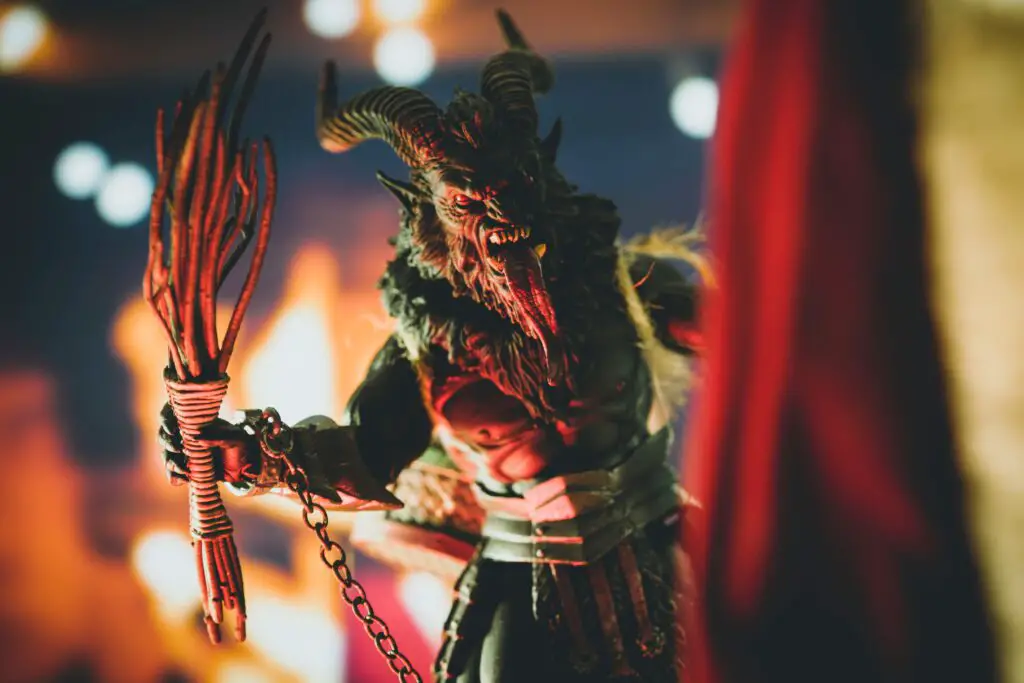
In parts of Austria and Germany, December 5th marks the night of Krampusnacht, where people dress up as Krampus, a horned, devil-like creature who punishes naughty children. The holiday, which is a precursor to Saint Nicholas Day, was originally rooted in fear, as Krampus was thought to serve as a dark counterpart to the kindly Saint Nicholas. While Saint Nicholas rewarded good children with treats, Krampus would punish those who misbehaved by dragging them off to his lair.
The celebration is meant to instill fear in children, encouraging them to be well-behaved during the holiday season. The figures of Krampus are often terrifying, with their grotesque masks and sharp teeth, and the festivities serve as a reminder of the consequences of misdeeds. While Krampusnacht is now more of a fun tradition, its dark origins serve as a reminder of the old fears that once shaped holiday customs.
6. Day of the Dead (Philippines)
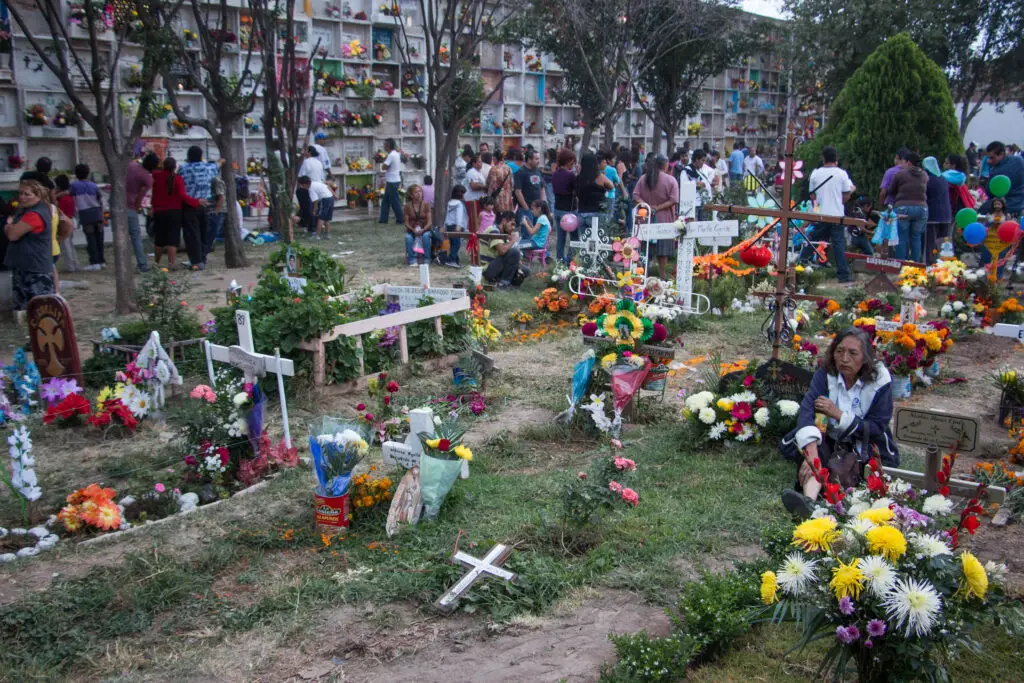
In the Philippines, the Day of the Dead is observed as “Undas” and is a time when families visit the graves of their loved ones. Unlike the Mexican version, however, the fear during this observance is rooted in the belief that the spirits of the dead may return and cause chaos or illness if not properly honored. During this time, people bring food, candles, and incense to the graves, hoping to appease the spirits and prevent any negative energy from affecting their lives.
The fear extends beyond just honoring the deceased; it also involves avoiding misfortune by respecting the spirits. For example, some Filipinos believe that they should avoid cutting their nails, as it could upset the spirits. Though the celebrations are meant to honor loved ones, they are also a way to control the fear and respect the unseen forces.
7. Guy Fawkes Night (United Kingdom)
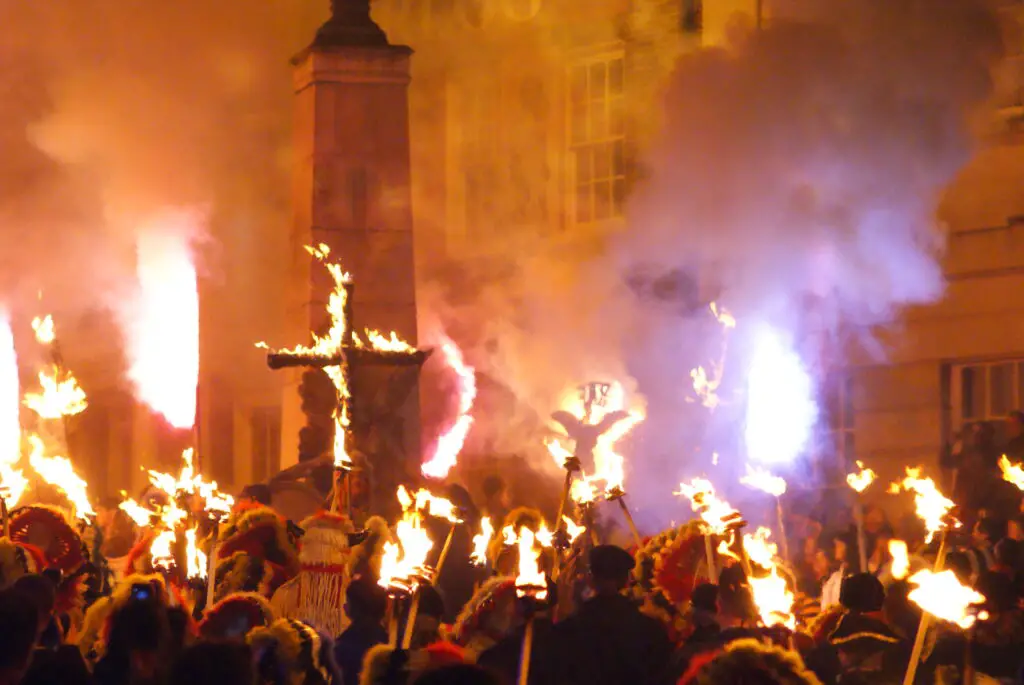
Guy Fawkes Night, or Bonfire Night, commemorates the failed Gunpowder Plot of 1605, when Guy Fawkes and his co-conspirators attempted to blow up the House of Lords in an effort to assassinate King James I. The holiday has evolved into a night of fireworks, bonfires, and effigy burning, but it stems from a deep-seated fear of Catholic conspiracies and rebellion against the government. The event is a celebration of the failure of the plot, and it serves as a reminder of the dangers of political extremism.
The fear of treason and betrayal is represented by the burning of Guy Fawkes effigies, which symbolizes the triumph of law and order over chaos. The night is often marked with a sense of caution and vigilance, as people remember the very real threat that the plot posed to the monarchy. Although the event is now mostly a time for fun, its origins lie in a deep fear of subversion and unrest.
8. Haro Wine Festival (Spain)
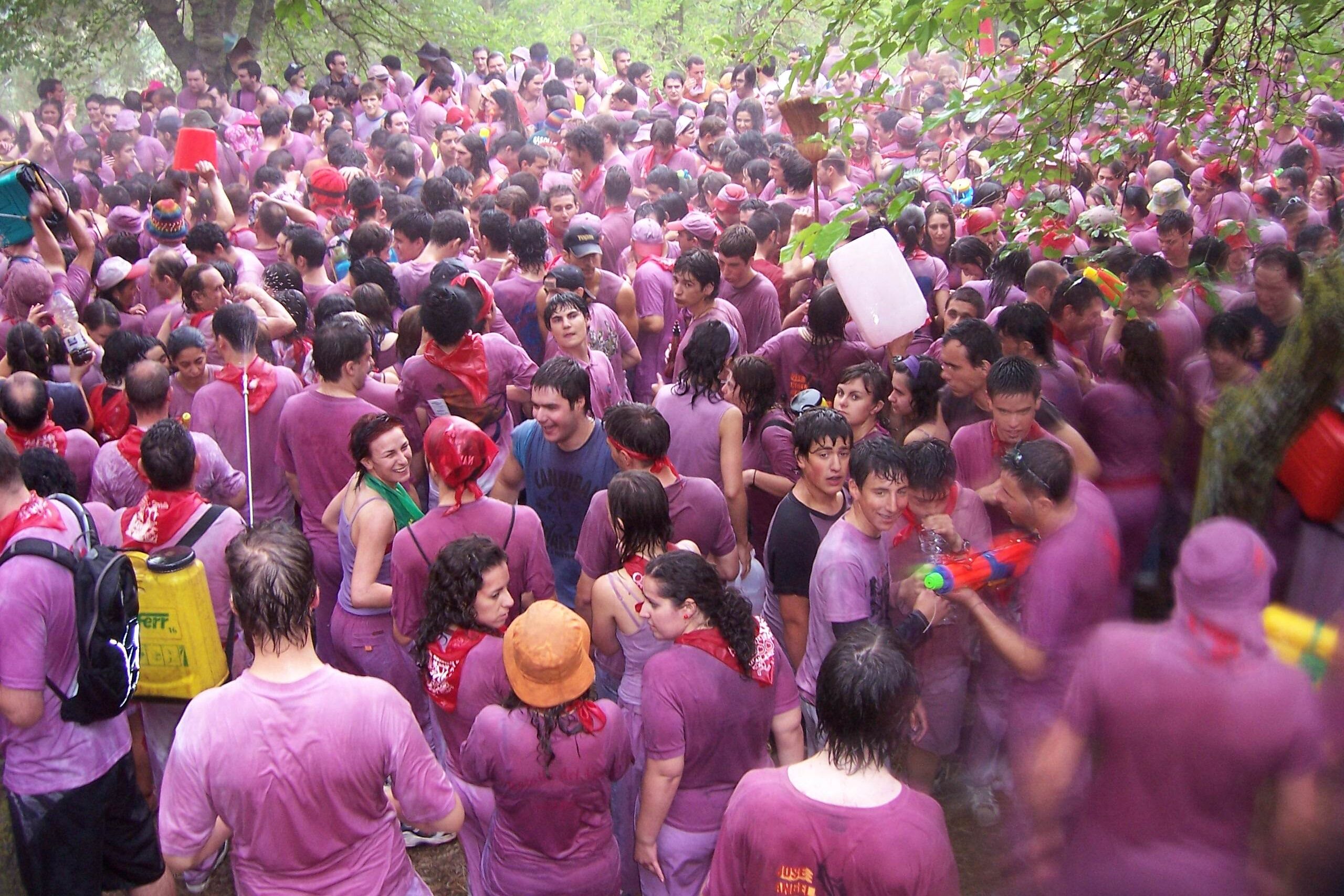
The Haro Wine Festival in Spain is a celebration of wine, but it’s also rooted in a historical conflict. The event, known as La Batalla del Vino, takes place every year on June 29th in Haro, where participants engage in an epic wine fight. The tradition dates back to a territorial dispute between two villages, and the wine fight symbolizes the fear of losing one’s territory or dominance in the region.
The ritualized battle, where people throw wine at each other, represents the fear of losing power and control, but it’s also a way to have fun and unite the community. Though the event has become a playful tradition, the underlying tensions and fears from the past still color the festivities. The wine fight serves as a reminder of the fierce rivalries that once defined the region.
